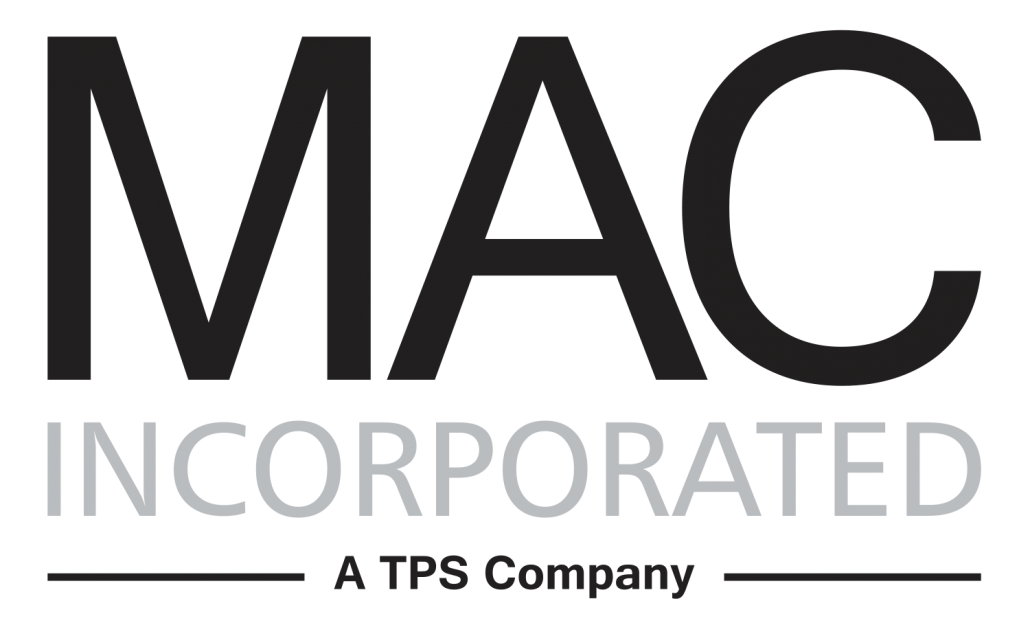OSHA Overview: Automatic Sprinkler Systems
The OSHA in compliance with the NFPA requires automatic sprinkler systems in almost all workplaces, because if inspected, maintained, and tested annually they are one of the most effective ways to protect buildings and their occupants from fires.
Automatic sprinkler systems consist of a network of pipes and sprinkler heads, a control valve, and a device for triggering an alarm. Sprinklers respond to individual room temperatures. When one head goes off, it does not activate the entire system. The likelihood of a sprinkler accidentally activating is low, and the cost of a system is estimated at only one percent of total building cost. In Title 29 Section 1910.159, the OSHA provides guidelines for the design and maintenance of automatic sprinkler systems.
Equipment.
Only approved equipment and devices may be used in the design and installation of automatic sprinkler systems in order to comply with OSHA standards. The system must provide the required discharge density and flow to cover the workplace or other designated area. Older sprinklers cannot be used to replace standard sprinklers without an engineering review.
Water supply.
Every system should be installed with a design to allow one sprinkler the capability of water flow for a minimum of 30 minutes. An alternative water supply should be provided incase the automatic water supply is out of service, except for systems of 20 or fewer sprinklers.
Sprinkler spacing and alarms.
Sprinklers should be spaced to maximize the protection area of each sprinkler head and minimize interference to water discharge. The minimum vertical clearance between sprinklers and material below is 18 inches. Any sprinkler system with more than 20 heads must have an audible alarm system.
Maintenance.
Proper maintenance is required and must include an annual main drain flow test. The test valve should be opened at least every two years. An employer must also conduct acceptance tests on systems and record testing dates. A proper acceptance test includes: underground connections flushing, hydrostatic piping tests, air tests for dry pipe systems, dry pipe valve operation, and testing of drainage facilities.
To read more about OSHA requirements visit osha.gov and check the MAC Incorporated blog for monthly OSHA updates. As a niche-based recruiting and staffing firm, we specialize in the placement of engineering, maintenance, and operations management professionals. MAC allows client organizations to master the human capital tools of their industry, impacting the cost efficiency and sustainability of their operation. Contact us today to talk about customized solutions for your hiring needs.

